Value for Patients
Value for patients
Thanks in part to innovative treatments, we can transform diseases such as AIDS and cancer into chronic, well-treatable conditions. Thanks to recent scientific developments, we are also increasingly able to cure people completely or - even better - to prevent them from becoming ill. At Janssen, we continue to work on new treatments that make a difference for patients and society. Our new medical developments should not only extend the lives of patients, but should, above all, improve them. This is why we continue to work towards a future in which disease is a thing of the past.
The improved survival rates for people with serious diseases reflect the progress made in recent decades, thanks in part to pharmaceutical research. For example, the chance of surviving five years after a diagnosis of multiple myeloma (a form of blood cancer also known as "Kahler's disease") has increased significantly. Figures from the Belgian Cancer Registry show that this survival rate after five years increased by 53.8% for men and for women even 60.6% over the period (2014-2018).1 This is partly due to the availability of drugs developed by Janssen.
We consider it equally important to maximize the added value of the care provided. The improved quality of life of the patient is central to this, and it is the patient himself who can best indicate what he or she considers important with regard to the treatment of his or her illness. For this reason, we engage in an ongoing dialogue with them and study, for example, the effects of our treatments with what is called a "Quality of Life" analysis. This analysis draws attention to the impact of the treatment in terms of being able to cope with daily life as best as possible. Factors such as fatigue, nausea, pain perception but also mobility are important here.2 In addition, we are also committed to further improving care on the basis of patients' self-reported experiences. You can read more about this in chapter 8.
+ 20,000
Thanks in part to new medicines and improved treatments, more than 23,000 lives of Belgian HIV patients3 have been saved today that would otherwise have been lost.
15
In the period from 2012 to 2020, Janssen has introduced 15 new medicines worldwide.
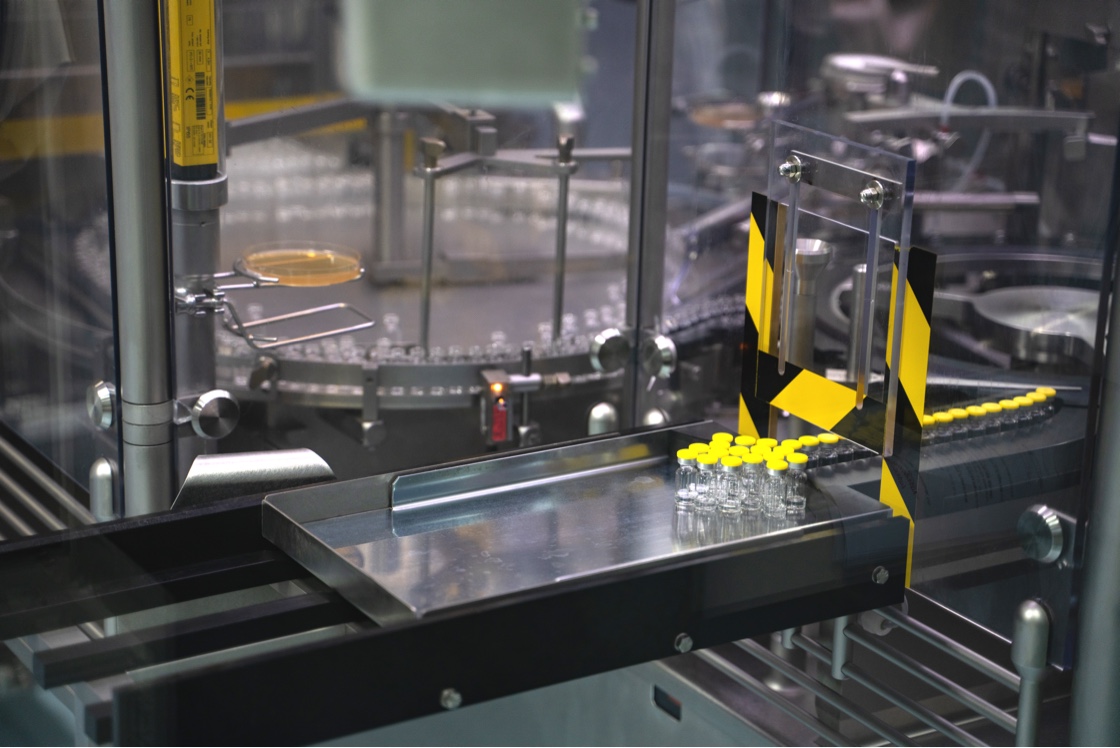
Working on new vaccines
Vaccines are a powerful weapon in the fight against infectious diseases because they prevent people from becoming (seriously) ill in the first place. With the exception of safe drinking water, global vaccination campaigns have had the greatest effect in reducing the global death rate.4 Effective and safe vaccines are also an important tool in stopping the corona pandemic. Therefore, from the moment the genetic code of the coronavirus became known, our research team in Leiden worked relentlessly to develop a COVID-19 vaccine, which we will make available at cost during the corona pandemic.
2-3 million
It is estimated that vaccines can prevent 2 to 3 million deaths per year worldwide.6
99%
A vaccination program against poliomyelitis resulted in a worldwide reduction of polio cases by 99%.7
25%
The death rate for cancer has been reduced by 25% since 1991. Innovative cancer drugs - including targeted therapies - have made a significant contribution to this.8
43%
18 months after the introduction of highly active drug combinations against HIV, hospital spending for people with HIV fell by 43% and total spending on care for people with HIV fell by 16%.9
Collaborating with patients
To better understand the experiences of patients and learn what is important to them during the entire treatment process, we work closely with various patient organizations. We use the knowledge and experience we gain here in developing and improving our treatments, but also in setting up our clinical studies, for example.
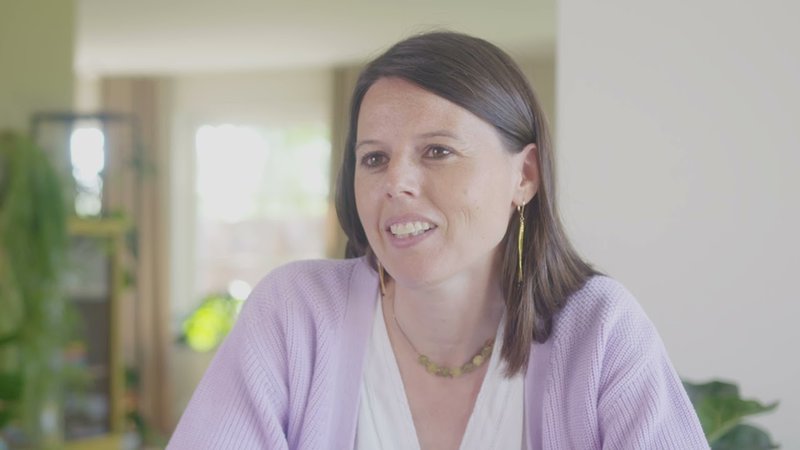
Anneleen Vindevogel
Patient engagement and advocacy manager
Partnering with patients in the R&D process
However, the focus of our partnerships with patients and their relevant organizations goes one step further. By introducing the patient's perspective into every part of our organization, we gain valuable insights that we use to improve the total care around the patient, i.e. also 'beyond the pill'.
In 2020, we continued our collaboration with a number of patient organizations throughout Belgium, including Ups & Downs vzw, Lymphoma Vereniging Vlaanderen vzw, Psoriasis League vzw and Crohn-RCUH asbl. For the first time we partnered with RaDiOrg, an organization working in the field of rare diseases. These are only a few examples of the partnerships that Janssen currently has.
We are transparent about all our collaborations with patient organizations and we follow the code of conduct of our European professional organization EFPIA.10 This means, for example, that Janssen is never the sole financial sponsor of a project, in order to prevent a patient organization from becoming dependent on one or a limited number of sponsors. There is of course also a code of conduct drawn up by the patient organizations themselves11, which we fully endorse.

Patient guides

Patient guides
Janssen has already produced a number of patient guides in close cooperation with the organizations that are active in the field of a particular disease, such as depression, IBD and lymphoma. These guides are characterized by testimonials and accessible language, with much attention paid to the emotional aspects of the disease and to the impact on the patient's daily life and environment. The testimonials and feedback from patients are first and foremost valuable to fellow sufferers. But these insights are also incredibly useful for shaping our future choices and vision as a healthcare company. In addition to the final result, the intensive process that we have completed together with these associations is also invaluable.
Janssen firmly believes that the voice of the patient is an indispensable link in our way of working. This is why we place a great deal of focus on information sharing and co-creation with patient associations in our processes and projects. Complementarity and equality are the code words here.

Work and cancer

Work and cancer
Unfortunately, many people have to deal with the consequences of cancer in their lives - either themselves or when someone close to them is confronted by it. In addition to our mission to develop treatments that can reduce and ultimately cure this terrible disease, we are also committed to making the daily lives of patients and their families more bearable. For example, cancer often has a major impact on work. Work is an important part of the quality of life. For many people, a job is not only having an income, but also a source of meaning. As people live longer and longer due to improving treatments, (the return to) work becomes even more important. This is why we work closely together with people and organizations that are close to patients. For example, Janssen works together with Travail & Cancer, an organization that specializes in coaching aimed at returning to work.12 Thanks to this partnership, the "Empowerme" app was realized, which focuses on regaining one's independence.13 Also with the Foundation against Cancer, we intensified our collaboration on 'reintegration and work' during and after the illness.14

Podcasts

Podcasts
At Janssen, we are always looking for ways to improve the transfer of our knowledge. We are also looking at new multimedia techniques, such as the podcast. For example, Janssen launched its Spotify channel in 2020 with a brand new series of podcasts on inflammatory bowel disease (IBD) and fatigue. In this way, patients and their loved ones can listen to conversations between experts and experts by experience, whenever and wherever they want. And it doesn't stop there. The knowledge we gain about the virtual organization of events is also shared with different patient associations through various webinars.
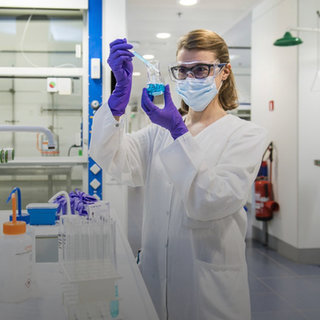
Janssen is developing a vaccine against COVID-19
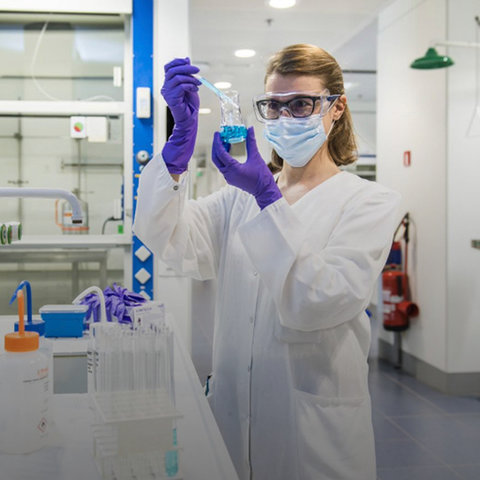
Janssen is developing a vaccine against COVID-19
Since the beginning of the coronavirus outbreak, Johnson & Johnson has been working with partners from industry, governments and health authorities to help end the rapidly spreading pandemic by developing a candidate vaccine against COVID-19. In the preclinical development phase, the best candidate has been selected from a dozen candidate vaccines in late March 2020. This vaccine candidate then went through further clinical research steps. When this candidate was found to be effective and had a favorable safety profile, we were able to further develop the vaccine and begin large-scale production for worldwide use.1 The shortened timelines are possible in part because we have extensive vaccine development expertise and because we are using the same technology that we used to develop our vaccine candidates against Ebola, Zika, RSV and HIV. In addition, the close collaboration between regulators and governments has played a major role, as it has allowed the review process to be significantly accelerated.
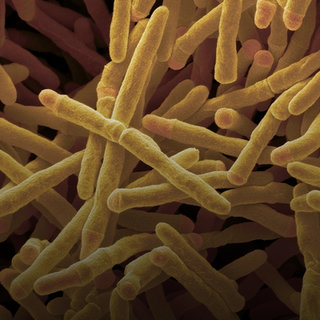
SDG 3: Good health and well-being
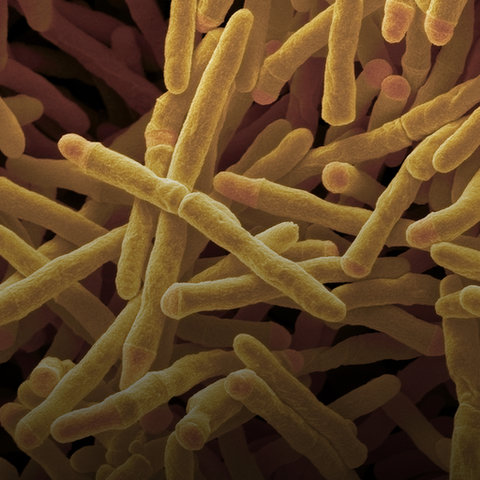
SDG 3: Good health and well-being
Tuberculosis - TB for short - has been curable by antibiotics since 1944. According to the World Health Organization, 10 million people worldwide suffer from TB2. About 85% of people who contract TB can be successfully treated with six months of drug treatment. However, these treatments are not always available. In 2019, 1.4 million people still died from the disease2. The number of cases is slowly decreasing, but tuberculosis is still the most deadly infectious disease after HIV/AIDS. In 2018, 981 people were diagnosed with TB in Belgium3 and more than 20,000 Belgians are living today who were once infected with HIV. Janssen is concerned about these numbers, and together with others, is committed to eradicating tuberculosis and HIV every day. We have developed a treatment for multidrug-resistant tuberculosis that has been included by the WHO in its list of essential medicines, and we are currently conducting clinical studies for a candidate vaccine against HIV.
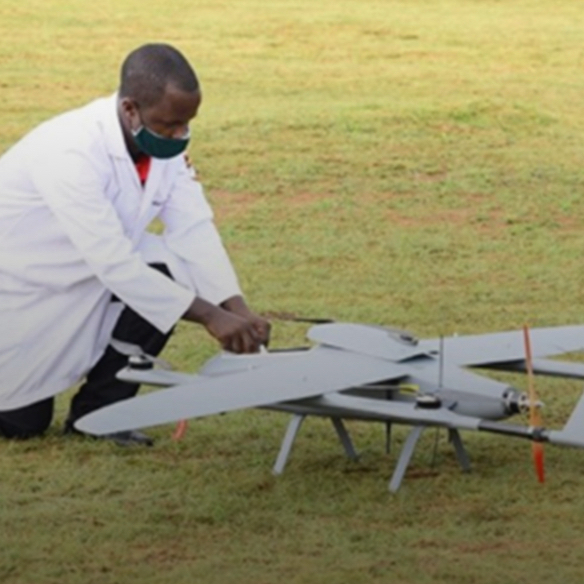
Global Public Health - Health and well-being for all
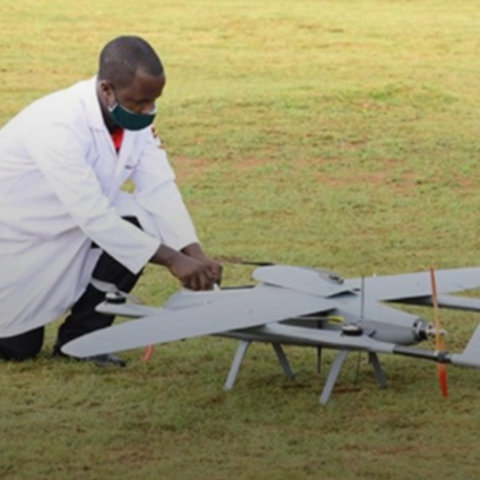
Global Public Health - Health and well-being for all
At Janssen, we are working on a future in which disease is a thing of the past. This ambition can only be achieved if everyone - everywhere in the world - has access to the right medication and treatments. Although global health care has improved significantly in recent decades, there are still major health challenges in many places that require our urgent attention.
Global Public Health is an end-to-end organization within Johnson & Johnson that works every day to address the greatest health challenges in the world's most vulnerable places, such as developing countries. Its activities range widely, from R&D to the healthcare teams with both feet in the field. Global Public Health focuses on five challenges: eliminating HIV and tuberculosis, preventing, and responding appropriately to future pandemics, combating neglected tropical diseases, combating antibiotic resistance, and addressing mental illness in resource-poor areas.
For example, a safe and effective vaccine is still not available for many infectious diseases. But the impact of these diseases remains significant. Tuberculosis is unfortunately a telling example: it claims the most victims among infectious diseases5, including in China and India. GPH therefore continues to invest in drugs and vaccines against common infectious diseases. In 2014, a new Janssen drug for multidrug-resistant tuberculosis was approved by the competent authorities. Janssen donated 30,000 doses of this drug, worth 25 million euros, shortly after its development to the U.S. Agency for International Development, which made it available as a global TB treatment.
And we also want to consign HIV to the history books. Janssen has already developed nine transformational treatments. Pediatric HIV care, both in children and adolescents, receives our unwavering support. Since 2014, we have been realizing access to our second- and third-line HIV medicines in the eleven participating countries in sub-Saharan Africa within the New Horizons Collaborative. In Uganda, we are even deploying drones to still get our antiretroviral treatments to the most challenging locations, such as remote islands. We will only be able to truly halt the HIV pandemic thanks to an effective and safe vaccine, as we already developed for Ebola and COVID-19. With two large-scale efficacy studies on four continents for our candidate HIV vaccine, we hope to be able to realize this ambition in the future.
Sources
https://kankerregister.org/media/docs/CancerFactSheets/2018/Cancer_Fact_Sheet_MyeloidMalignancies_2018.pdf
https://www.jnj.com/media-center/press-releases/three-year-data-demonstrates-sustained-improvements-in-health-related-quality-of-life-in-patients-with-superficial-femoral-artery-disease-treated-with-the-smart-stent
https://www.sensoa.be/hiv-belgie-feiten-en-cijfers#footnote2_ct1xtzq
Plotkin, Stanley et al. Plotkin’s vaccines. 7th edition, Elsevier
Siegel, Rebecca L. et al (2017). Cancer Statistics, 2017. CA: A Cancer Journal for Clinicians 67, no. 1: 7-30. doi:10.3322/caac.21387
Bozzette, Samuel A. et al (2001). Expenditures for the Care of HIV-Infected Patients in the Era of Highly Active Antiretroviral Therapy. New England Journal of Medicine 344, no. 11: 817-23. doi:10.1056/nejm200103153441107
https://www.efpia.eu/media/24310/3c_efpia-code-of-practice-on-relationships-pharmapluspt-orgs.pdf
https://toolbox.eupati.eu/resources/guidance-for-patient-involvement-in-industry-led-medicines-rd/
